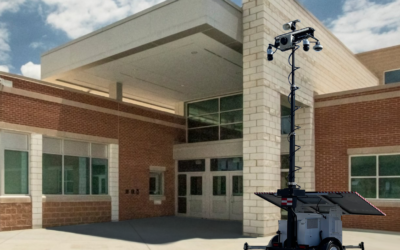Over the decades, local, state and federal governments have allowed our infrastructure to age and in some cases, decay to dangerous levels. In response to the need for improvements, President Trump’s proposed 2018 budget includes an unprecedented $1 trillion in infrastructure spending. The 2018 Budget: Infrastructure Initiative Fact Sheet states:
The President has consistently emphasized that the Nation’s infrastructure needs to be rebuilt and modernized to create jobs, maintain America’s economic competitiveness, and connect communities and people to more opportunities.
Our infrastructure consists of 16 sectors. Each is vital to our country’s economy, security, health and safety. They include:
- Chemical
- Commercial Facilities
- Communications
- Critical Manufacturing
- Dams
- Defense Industrial Base
- Energy Services
- Energy
- Financial Services
- Food and Agriculture
- Government Facilities
- Healthcare and Public Health
- Information Technology
- Nuclear Reactors, Materials and Waste
- Transportations Systems
- Water and Wastewater Systems
Infrastructure Vulnerability
But improvement is not enough. These sectors are not only at risk from age and decay, but also from terrorist attacks. The Department of Homeland Security and its Protective Security Coordination Division routinely conducts field assessments to identify vulnerabilities. It prepares special reports that offer “cross-sector risk analysis.”
However, these reports are only available to DHS federal, state and local partners.
Digital Threats
While the internet gives us incredible information capabilities, it also provides opportunities for long-distance attacks on our infrastructure.
Consider this 2015 story by the Boston Globe about Iranian hackers who had gained access to the United States power grid. They stole passwords and engineering drawings for power plants. In fact, the information stolen was enough for the hackers to potentially gain access to the grid and knock out power to millions of homes in 18 states!
This was not the first time, either. Dating back to 2005, foreign hackers have broken into systems that control the power grid “about a dozen times.”
Security and Resilience
In response to potential attacks, President Obama issued a presidential directive in 2013 aimed at reducing the physical and cyber risk to infrastructure. “Critical infrastructure must be secure and able to withstand and rapidly recover from all hazards,” it explains.
The ability to recover rapidly from disruptions, or resilience, includes bouncing back from natural disasters, accidents and deliberate attacks. The exact status of our infrastructure’s security is difficult to obtain.
The Bottom Line
Our country’s infrastructure touches our lives on a daily basis. For most citizens, it exists in the background, something taken for granted and assumed to always be available. But our infrastructure is much more vulnerable than people realize and securing these sectors will require ongoing measures.
Are you looking for ways to keep your property and employees secure? Call American Security Force today at 855-722-8585 for answers.






